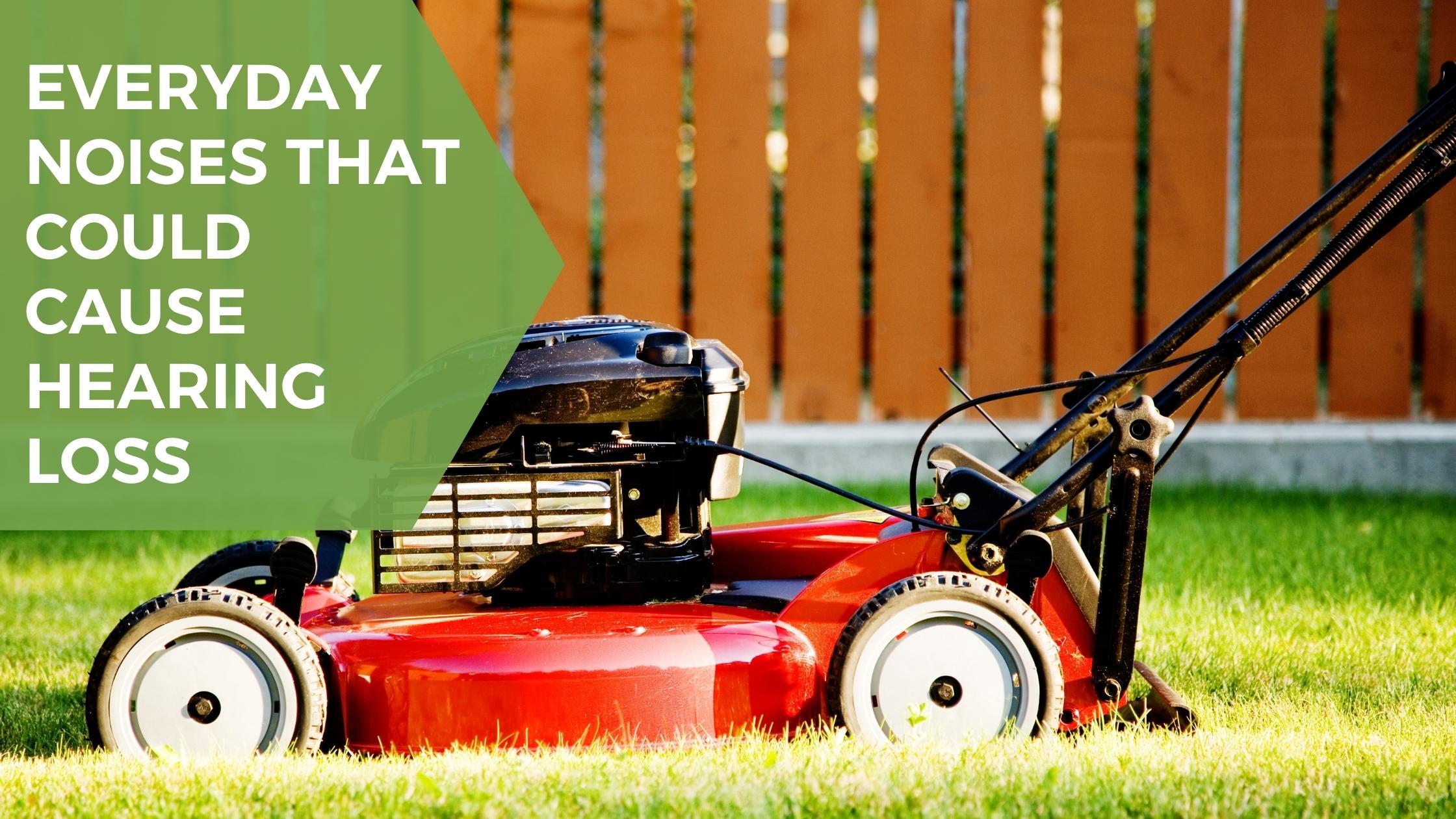
- Common Fears About Hearing Tests - May 28, 2025
- Best Hearing Aids for Active Lifestyles - May 16, 2025
- A Guide to Different Hearing Aid Styles - May 6, 2025
Hearing loss affects one out of every ten people in the United States. A variety of conditions can cause hearing loss, and it affects 360 million people worldwide. However, noise exposure is one of the most common causes.
This is mainly because we are often unaware of how much noise we are exposed to daily that could impact our hearing.
Who might be affected by noise-induced hearing loss?
Frequent loud noise exposure over time or a single, powerful burst of noise can both produce noise-induced hearing loss. It can affect people of all ages and has been more prevalent since we started using smartphones and earphones. In fact, since 1994, the number of teenagers with hearing loss has increased by 33%.
However, it’s crucial to note that noise-induced hearing loss can impact anyone, regardless of their activities or lifestyle.
What to do about excessive noise and how to protect yourself
A single encounter with a noise of 120 dB could result in permanent hearing loss. That may sound like a vague idea, but here are some examples of noises that fall between 110 and 140 decibels:
- Gunshots
- Jet engines
- Nail guns
- Firecrackers
- Chainsaws
- Ambulance sirens
- Rock concerts
Even your home stereo speakers at maximum volume might reach alarming levels when it comes to hearing loss.
It’s vital to be aware of these difficulties since most people don’t think about the long-term effects of everyday exposure to loud noises – but once you’re aware of them, you can take actions to address them.
One minute of exposure to these noises is considered one-time exposure. While an ambulance may not be heard for more than a minute, a loud concert may easily fit into that category and more!
Long-term exposure to loud noises
Continuous exposure to noises over 85 dB may be just as harmful, if not more so, than single exposures to solid bursts of noise.
The most prevalent workplace injury is noise-induced hearing loss. This is assumed to be the case because many people who work in moderately noisy environments are uninformed of the potential for hearing damage.
Noises that fall between 85 and 100 decibels are commonplace. Garbage trucks, jackhammers, motorcycles, power mowers, snowmobiles, hairdryers, and food processors are just a few examples.
If you are repeatedly exposed to these noises, you may get permanent hearing loss. If you know you’ll be interacting with any of these objects; it’s essential to wear hearing protection.
Tips for preventing hearing loss in your ears
- If you’re going to a concert, wear earplugs and take breaks throughout the performance. Take a break outside to clear your head and relax your ears. It’s always a good idea to wear hearing protection!
- Stay away from in-ear headphones. These headphones, which are placed deep in the ear canal near the eardrum, can increase the risk of hearing loss. High-volume listening can inflict lifelong damage, and the lack of noise suppression in many headphones would urge anyone to crank it up. Instead, opt for noise-canceling over-the-ear headphones.
- Discuss your hearing loss with a hearing specialist. People spend an average of 7 years treating their hearing loss, which could be spent studying how to prevent further hearing loss. It’s best to face the problem head-on and evaluate if hearing aids are right for you.
How hearing aids can help you
Hearing aids are a great way to help when faced with hearing loss caused by excessive noise, aging, or both.
Hearing aids have come a long way in terms of technology and the ease with which they may be integrated into your daily routine in recent years. Hearing aids may be connected directly to smartphones and other Bluetooth-enabled devices using Bluetooth technology, and telecoils mean that hearing loops can be found in public areas such as airports, churches, and music halls, allowing you to connect your hearing device to several different environments.
There is also a wide choice of styles to choose from; many hearing aids are made to be highly inconspicuous and to fit into your daily routine.
If you’ve noticed changes in your hearing, then give us a call for a hearing test. We can help you find the device you need to get back to living your life.
